About 30% of your dog’s brain is dedicated to scent. Take advantage of your dog’s natural skill by encouraging them to use their nose more often. It’s a wonderful way to help your dog burn off extra energy while on your regular walks, and scent games are a great alternative exercise when stuck indoors on rainy evenings or hot summer days.
Sniffing out dinner:
Have your dog use her nose to earn part or all of her meal. Puzzle toys are a great way to get your dog sniffing and keep them entertained. There are lots of puzzle toys available for purchase, like the Kong Wobbler, Nina Ottosson’s Dog Tornado, Busy Buddy’s Twist’n’Treat, or the Buster Cube. You can also make many similar toys yourself. For example:
- Grab an old muffin tin, put a treat in each hole and cover the treats with tennis balls. Let your dog sniff out the treats.
- Make a small cut in an old tennis ball and fill it up with treats or kibble – let your dog work to get the treats out.
- Hide kibble inside of cardboard boxes or paper grocery bags and have your dog use his nose to find them.
Dogs who have never played with puzzle toys need your help understanding how they work. If you are hiding kibble in cardboard boxes, keep the boxes open at first and help your dog find the treat. Until she gets the hang of it, don’t make the puzzle so challenging that she gets frustrated and gives up. You want the toys to be fun and rewarding for your dog so that she will continue to play with them.
Be sure to supervise your dog when she is playing with toys to make sure she doesn’t swallow or choke on small parts.
Sniffing as a reward:
Most dogs find sniffing around in a new environment hugely enriching, but it can be difficult to get your dog to focus on you when competing with so many new smells. You can use this interest in sniffing as a reward for giving you attention.
- Start with your dog on leash.
- As you begin to move forward into a new space, praise and reward your dog while he is at your side and on a loose leash.
- When he gets distracted by a new scent and begins to pull to the end of his leash, stop. Wait for your dog to look back to you and loosen the leash tension on his own.
- Once your dog has given you a bit of attention (eye contact), give him a cue like “Go sniff!” and let him follow his nose to the scent, as long as he does so on a loose leash.
- If your dog begins to pull ahead again, repeat. Stop until he gives you a moment of eye contact and a loose leash. Moving closer to investigate the scent is his reward for focus and loose leash walking.
Need help? Call our free pet behavior help line at (503) 416-2983.





